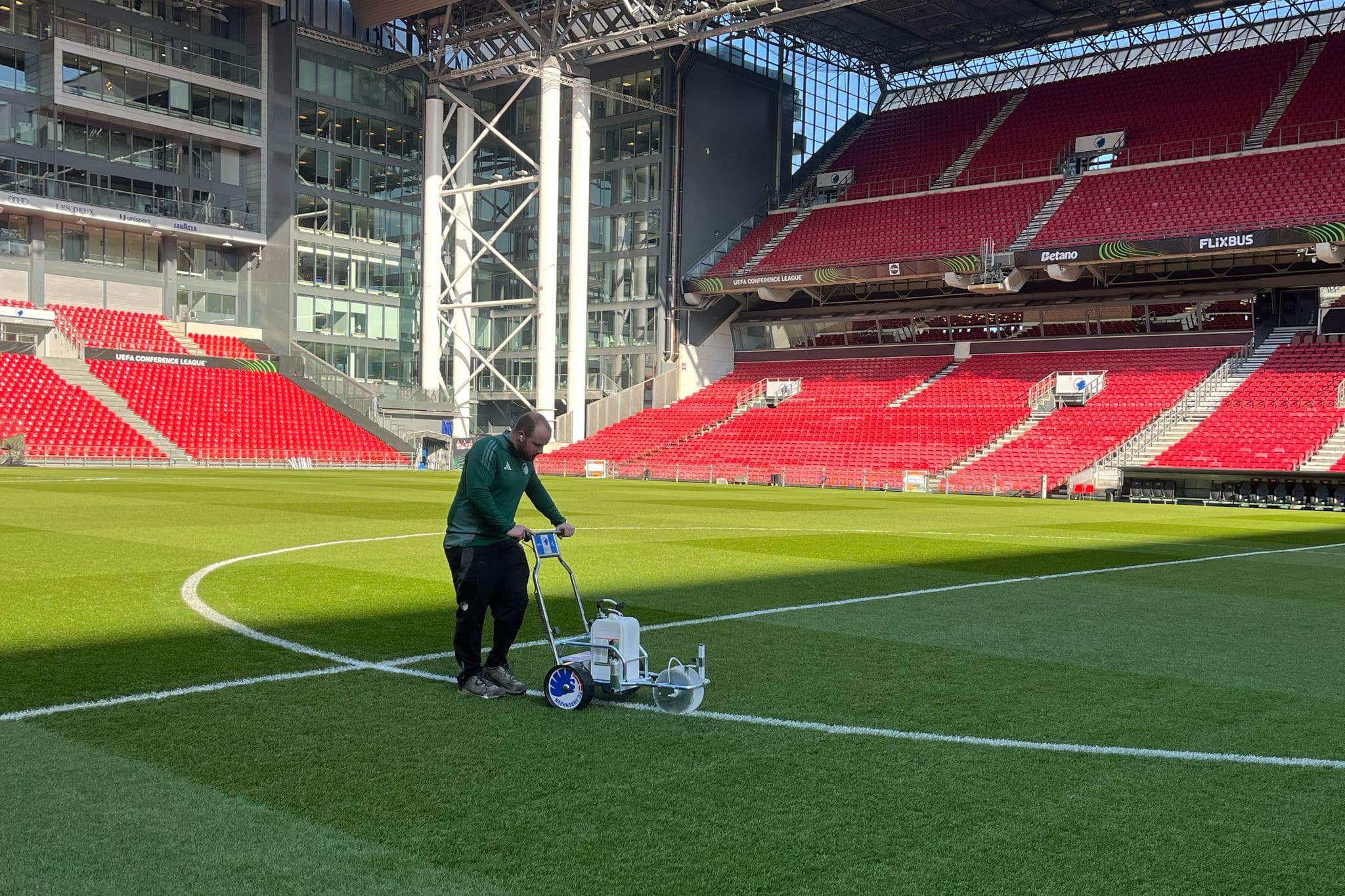
With or without a permit?
As a landscaper you are often asked to build swimming ponds, terraces, conservatories and so on. But often people do not consider whether or not a permit is required. Even for landscapers, it is often unclear what requires a permit. In this article we give a brief summary of when and under what conditions you need to apply for a permit and when not.
License exemption
One of the basic principles within environmental law states that all urban development acts require a permit. The Exemptions Decree, drawn up by the Flemish Government in 2010, provides for an exception to this. Under certain conditions, urban development acts are exempted from a permit. However, there are many conditions attached to this. Below we list some of them for you.
Applications for landscapers
A terrace, swimming pool or swimming pond is a paving. Such paving may be constructed by the building owner without a permit up to a maximum of 80 m2, with all existing paving included. Pavements that are strictly necessary to access a building, for example, are exempt from permit, however. It is important to note that crushed stone and artificial turf are also considered paving.
Furthermore, in addition to a properly licensed house, it is also possible to build a garden shed, conservatory, garage or pool house with a maximum area of 40 m2, including all existing outbuildings. Under certain conditions it is also possible, subject to a permit, to additionally build a hobby stable for horses.
Access gates and fences up to a height of two meters are also exempt from permit. An exception is that enclosed fences in the front yard are only exempted for a maximum height of one meter.
Installation of all kinds of small garden structures such as garden ornaments, mailboxes, barbecues and playground equipment are exempt from permit requirements.
The exemptions listed above are valid only when carried out within a thirty-meter radius of an essentially licensed or deemed licensed building. Moreover, no licensed function change may be carried out and the number of residential units must remain unchanged. The exempted operations are not possible in spatially sensitive areas.
Applications for horticulturists
For horticulturists, structures that serve to grow or protect agricultural crops, such as hail nets, are exempt from permit requirements. An exception is hail cannons, glass structures and buildings: these are not exempt from permit requirements. In addition, permanent structures that remain in place after cultivation, such as hoods to protect strawberry crops, are also subject to permit requirements. Structures that are removed after harvest are not subject to the permit requirement.
Trench silos for the storage of green waste, for example, are also exempt from permit requirements. Note that an environmental permit must be applied for, but only with an environmental hatch, an urban planning hatch is not required here. The condition for this exemption is that these are erected within fifty meters of a building complex, and that no discharge is provided to the public sewer system.
Other applications
In many cases, felling trees requires a permit. Only within forest areas, where it is logical that you will reforest, you do not need a permit. Outside of forest areas, felling a tree in a zoned forest does require a permit. Felling a solitary tree in residential, agricultural or industrial areas is also always subject to a permit, except if it is less than 15 meters from a dwelling.
Significantly altering soil relief is also subject to a permit requirement. There used to be a measure for this: anything raised or excavated by more than fifty centimeters was subject to a permit. Now this has been replaced by a qualitative criterion: all elevations or excavations that are 'significant' are subject to a permit requirement. Here the implications of the intervention on the site must be considered.
Furthermore, the municipality may have its own regulations on permit requirements. For example, a municipality may impose additional conditions, or extend the permit requirement via an urban development regulation or via a RUP or BPA. To avoid problems, check with your municipality's environment department.
Consequences of unlicensed construction
When you have placed a construction and it falls under the regulations of the exemptions decree, this is not a problem. However, if you place an unlicensed structure that does not fall under this, for example an outbuilding larger than 40 sq. m. or non-strictly necessary paving that has an area larger than 80 sq. m., this can cause problems.
If a permit is requested to build, the city or town automatically investigates the permit condition of the site. If there are structures that are in violation, this can delay a subsequent permit application
complicate.
Moreover, it is possible that a particular construction may inconvenience a third party (for example, a neighbor). This neighbor can then file a complaint for nuisance. With an unlicensed construction, it is possible that you will then have the building inspector on your roof. The building inspector may also come upon this building violation by accident. In these cases, you as the owner will receive a warning to remove the construction. Failure to do so may result in a penalty in the form of an administrative fine or criminal prosecution through the public prosecutor's office.
So always check whether the construction is exempt or not, because a correctly licensed construction only has advantages, both for you and for your client. As a study and consultancy firm, DLV can always assist you with
your permit application.




